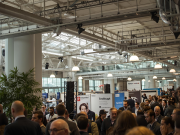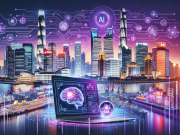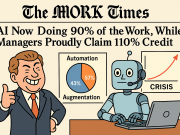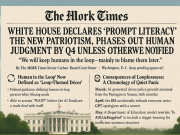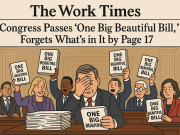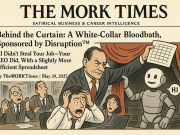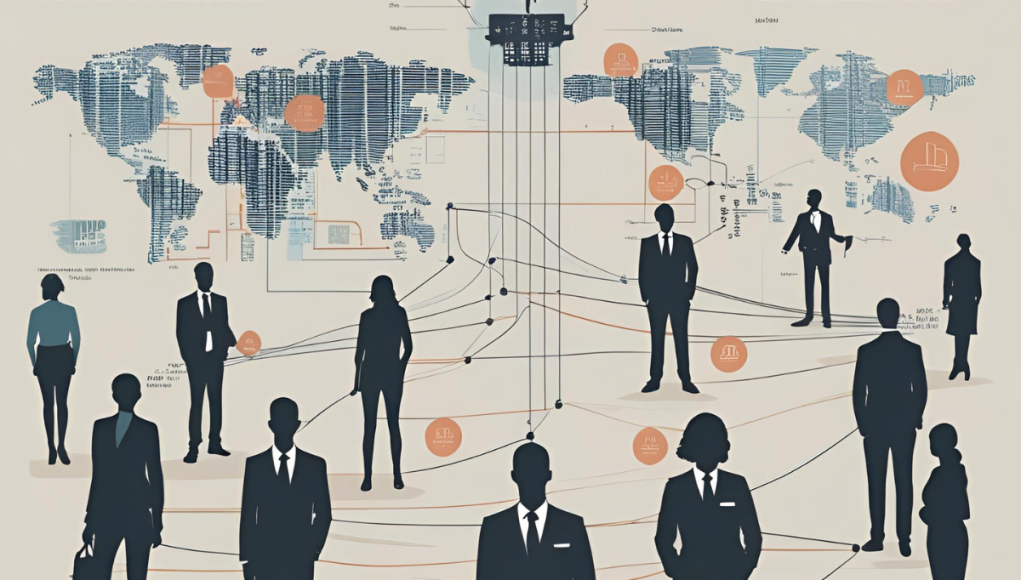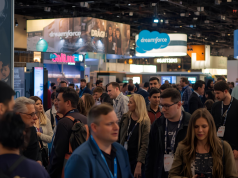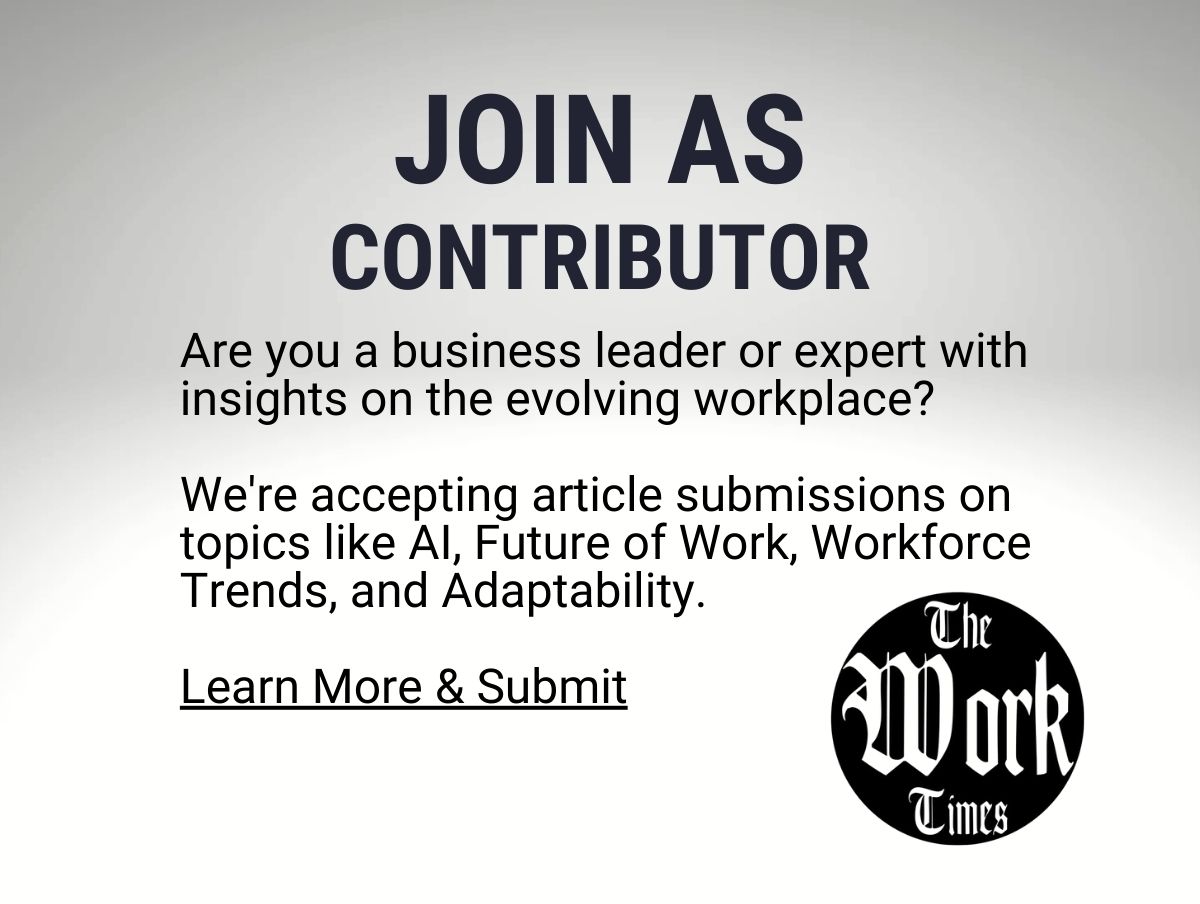In the world of hiring, Artificial Intelligence (AI) is fast becoming the gatekeeper, shaping the way employers find, evaluate, and hire talent.
AI-driven recruitment systems promise efficiency, consistency, and scalability. They can sift through thousands of resumes, match candidate qualifications to job descriptions, and even predict a potential employee’s success within the company. But beneath these shiny promises lies a much deeper, more complex issue: the ethical implications of using AI in hiring and whether regulatory frameworks can ensure fairness in the process.
AI is increasingly relied upon in hiring processes, particularly for large-scale recruitment. According to a recent study, 75% of job applications are initially filtered by AI tools before they reach human recruiters. This automation reduces the time spent on mundane tasks, allowing hiring managers to focus on higher-level decision-making. The technology promises to create a more objective, data-driven hiring process, free from the biases that human recruiters may unintentionally carry.
However, the integration of AI into hiring practices raises several critical questions. Can we trust AI to make hiring decisions without perpetuating bias? Does it risk replacing human judgment with algorithms that are inherently flawed? And, perhaps most pressing, are current regulations equipped to ensure that AI systems in recruitment processes are fair and transparent?
The Promise and Perils of AI Hiring
On the surface, AI recruitment offers several compelling benefits. AI systems can process vast amounts of data at lightning speed. What would take a human recruiter days or even weeks to analyze can be accomplished in minutes. Tools like applicant tracking systems (ATS), which use AI to scan resumes for keywords, job titles, and qualifications, are already a staple in many industries. These systems help employers quickly sift through large applicant pools, enabling them to identify candidates that best match the job description.
Moreover, AI-powered tools like predictive analytics are designed to assess a candidate’s likelihood of succeeding in a particular role or organization. They can analyze past performance data, career trajectories, and even psychometric assessments to predict how a candidate will fit within a company’s culture and job requirements. For many companies, this represents a huge leap forward from traditional hiring methods.
However, the promise of a “bias-free” hiring process powered by AI may be too optimistic. Despite claims of impartiality, AI systems are not immune to biases. In fact, they can often amplify existing societal biases, leading to even more exclusionary hiring practices than those already in place.
For instance, many AI systems are trained on historical data. If past hiring decisions were biased—based on race, gender, or other factors—AI algorithms will learn and perpetuate these biases. A notable example occurred in 2018 when Amazon scrapped an AI recruitment tool after it was discovered to be biased against female candidates. The system had been trained on resumes submitted to Amazon over a 10-year period, a majority of which came from male candidates in technical fields. As a result, the algorithm was biased against resumes with words like “women’s” or “female,” and it systematically downgraded resumes that suggested an interest in gender diversity.
In another case, researchers at the University of Cambridge found that facial recognition software, used by AI hiring platforms to assess candidates during video interviews, disproportionately misidentified Black and Asian faces as candidates for lower-ranking roles. These biases weren’t inherent in the AI but emerged from the data it was trained on—highlighting the potential dangers of “biased data” being used to build seemingly neutral systems.
The Regulatory Dilemma
These real-world examples underscore the growing concern that AI could perpetuate and even exacerbate discrimination in hiring practices. While AI has the potential to eliminate certain biases (such as hiring based on a person’s appearance or unintentional personal biases), it often falls short in its ability to consider the nuances of diversity and inclusion that human recruiters bring to the table.
This raises the question: Can existing regulations ensure that AI in hiring is ethical, transparent, and free from bias? Unfortunately, the answer is not clear. The use of AI in recruitment is still largely unregulated, leaving companies to self-govern and assess their own practices. In the U.S., there are no federal laws explicitly governing AI hiring practices. Some existing legislation, such as the Equal Employment Opportunity Commission (EEOC) guidelines, prohibits discriminatory hiring practices, but these laws were not designed to address AI or data-driven recruitment systems.
In response to these concerns, some states are beginning to implement their own regulations. For example, in 2023, New York City introduced a new law requiring companies to undergo an annual audit of their AI hiring tools for potential biases before they can use them. This law aims to ensure that AI algorithms are not discriminating against job applicants based on race, gender, or other protected categories. The city also mandates that employers inform job applicants if AI tools are being used in the hiring process, and give them the opportunity to request an alternative, non-AI evaluation.
While New York City’s law represents an important step in regulating AI hiring practices, it also raises questions about the scalability of such regulations. Different jurisdictions will likely adopt their own laws, creating a patchwork of regulations that businesses must navigate. This complexity could stifle innovation and limit the potential benefits of AI-powered recruitment tools. Moreover, enforcement mechanisms for these regulations remain underdeveloped, and there is no clear framework for holding companies accountable when AI systems perpetuate biases.
A Call for Comprehensive AI Hiring Regulations
Given the potential consequences of AI-driven hiring decisions, there is a clear need for a comprehensive, national regulatory framework to address the ethical implications and challenges. Such regulations should include transparency requirements, ensuring that companies disclose when and how AI is used in hiring decisions. Candidates should be informed of the data points used to evaluate them and given the opportunity to contest or appeal decisions that appear to be influenced by biased algorithms.
Furthermore, the regulatory framework should mandate regular audits of AI hiring systems to assess whether they perpetuate discrimination. These audits should be conducted by third-party, independent organizations with the expertise to identify biases in algorithms. In cases where bias is detected, companies should be required to take corrective action, such as retraining algorithms with more representative data or revising their hiring processes.
Additionally, AI hiring systems should be designed to enhance human decision-making rather than replace it. While AI can identify patterns and predict outcomes, it cannot fully account for the complex, multifaceted nature of human judgment. A well-designed AI system should provide hiring managers with insights, but the final decision should always rest with a human being who is aware of the broader social and organizational context.
The Road Ahead: Striking a Balance
The future of AI in hiring is not a question of whether technology will continue to play a central role, but rather how we can ensure it is deployed responsibly. As AI becomes increasingly embedded in recruitment, the challenge will be to find a balance between the efficiencies it offers and the ethical considerations it raises.
AI-driven hiring systems have the potential to transform the way we assess and select talent, but they also pose significant risks if left unchecked. Without robust regulations and a commitment to transparency, we risk creating a system where the technology not only replicates but amplifies existing biases. Ensuring fairness in AI hiring requires not just technological innovation, but thoughtful, proactive governance.
The question remains: Will lawmakers, employers, and technology providers rise to the challenge of making AI in hiring a force for good, or will the dream of a bias-free, meritocratic workforce remain just that—a dream?
The answer, as always, lies in how we choose to shape the future.

